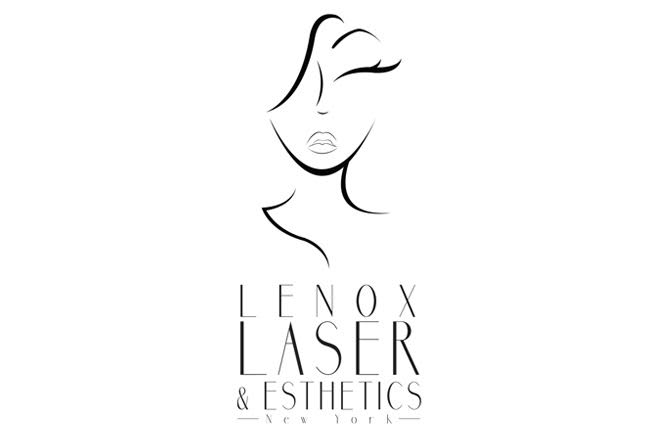GENERAL DERMATOLOGY

Acne Treatment
Acne is the term for the blocked pores (blackheads and whiteheads), pimples, and deeper lumps (cysts or nodules) that can appear typically on the face, neck, chest, back, shoulders and upper arms. Seventeen million Americans currently have acne, making it the most common skin disease in the country. While it affects mostly teenagers, and almost all teenagers have some form of acne, adults of any age can have it. Acne is not life-threatening, but it can cause physical disfigurement (scarring) and emotional distress.
Skin Cancer Screening
Skin cancer is the most common cancer in the United States; in fact, 1 in 5 Americans will develop skin cancer in their lifetime. People of all colors and races can get skin cancer. There are many different types of skin cancer, including actinic keratoses (AK), basal cell carcinoma (BCC), squamous cell carcinoma (SCC), and melanoma. BCC and SCC are the most common forms of skin cancer, but melanoma is the most deadly. With early detection and proper treatment, the cure rate for BCC and SCC is about 95 percent. When melanoma is detected before it spreads, it also has a high cure rate. Regular self-skin exams and a yearly examination by a dermatologist help people find early skin cancers.
Skin Tag Removal
Psoriasis Treatment
Eczema Management
Eczema is a group of inflamed skin conditions that result in chronic itchy rashes. About 15 million people in the U.S. suffer from some form of eczema, including 10-20 percent of all infants. Symptoms vary from person to person but often include dry, red, itchy patches on the skin which break out in rashes when scratched. Objects and conditions that trigger itchy eczema outbreaks may include rough or coarse materials touching the skin, excessive heat or sweating, soaps, detergents, disinfectants, fruit and meat juices, dust mites, animal saliva and danders, upper respiratory infections and stress.

